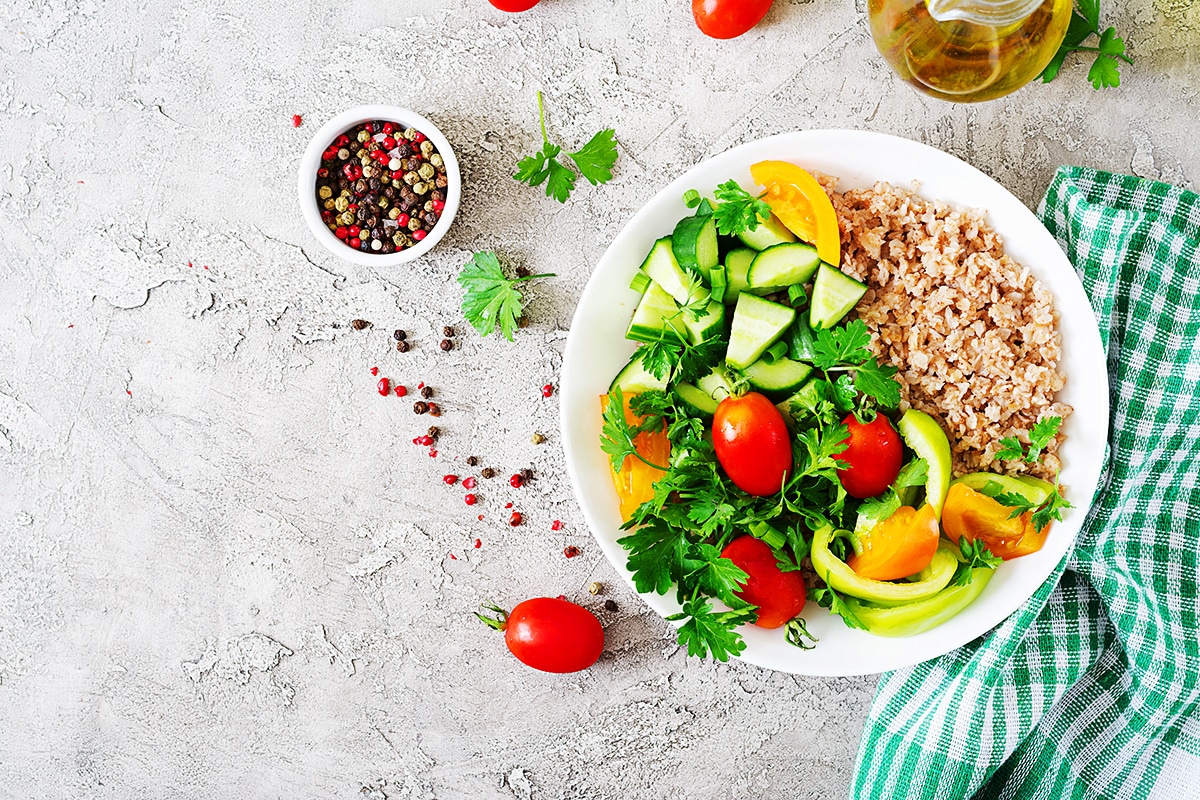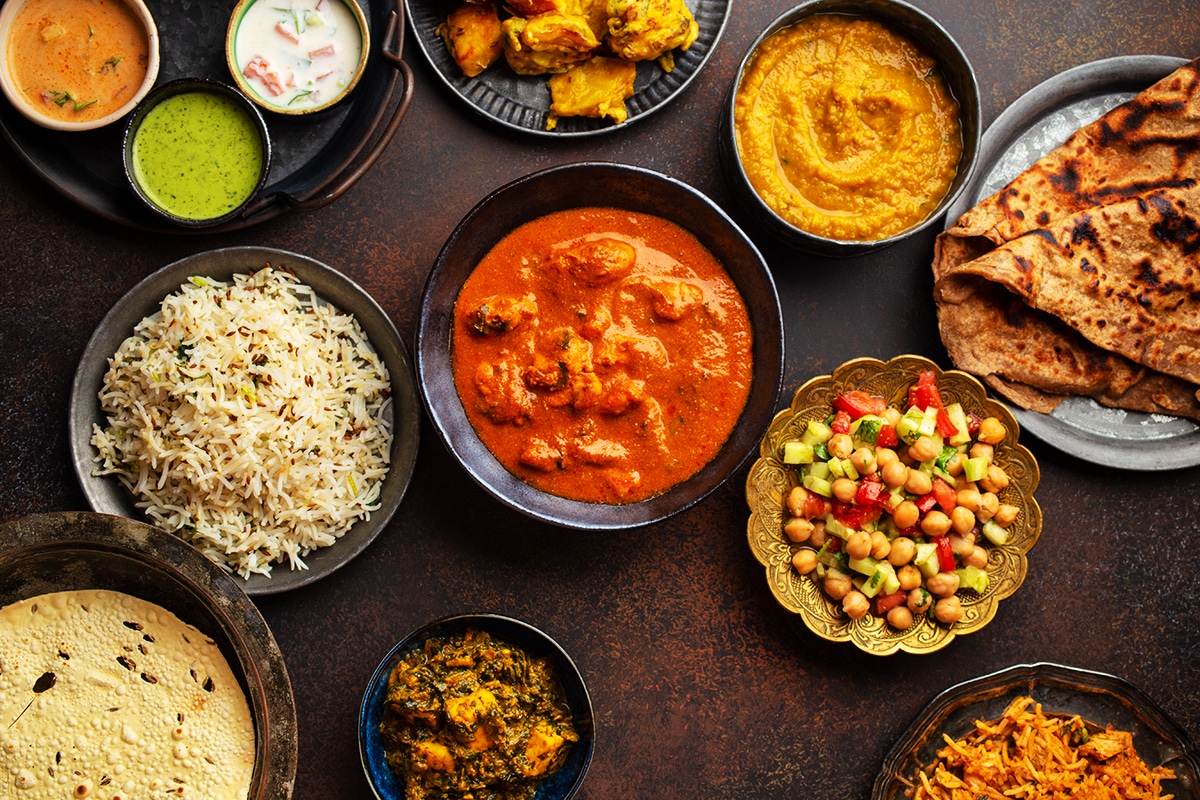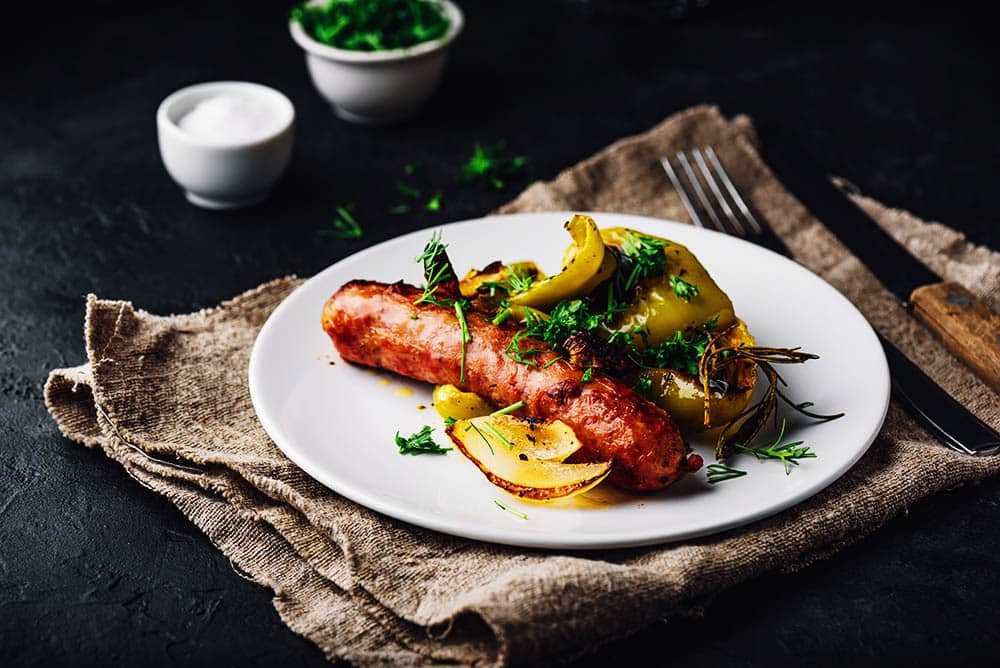The Arabic cuisine is a long-standing culinary tradition that spans many countries in the Middle East and North Africa regions. The food is known for its rich flavors, vibrant colors, and exotic spices that appeal to the senses. With a diverse range of dishes, ingredients, and cooking methods, Arabic cuisine offers a rich tapestry of flavors and aromas that is sure to tantalize your taste buds.
The Essence of Arabic Cuisine
The Arabic cuisine is all about the harmonious blending of spices, aromatics, and flavors. The cuisine is heavily influenced by the region’s geography, history, and cultural diversity. With fresh vegetables, grains, meats, and spices as key ingredients, Arabic cuisine is known for its bold, complex, and flavorful dishes.
In many Arabic countries, the traditional way of cooking is still practiced, using charcoal and wood-fired ovens to cook meat, bread and vegetables. This has helped develop the unique smoky flavors of Arabic cuisine. Moreover, Arabic cuisine is characterized by its generous use of spices, such as cardamom, cinnamon, cumin, saffron, and turmeric, among others.
The Basic Ingredients of Arabic Cuisine
Here are some of the basic ingredients that are common in Arabic cuisine:
– Lamb: A popular meat in Arabic cuisine, lamb is commonly used in dishes such as shawarma, kebab, and lamb rice dishes. It is usually cooked with spices and herbs to enhance its flavor.
– Chickpeas: This staple ingredient plays a significant role in Arabic cuisine, often being used in classic dishes like falafel, hummus, and spiced vegetarian stews. Its creamy texture and nutty flavor make it a versatile ingredient in almost all dishes.
– Rice: Rice is a staple food of the Arabic world, and is served in many forms. Arabic rice is often fragrant, spiced, and can be accompanied with meat, vegetables, or legumes.
– Olive Oil: Olive oil is the oil of choice in Arabic cuisine, and is used for frying, dressing, and marinating. It adds an earthy richness to the dishes and complements the flavors of other ingredients.
– Spices: Spices are the heart of Arabic cuisine. Cumin, saffron, turmeric, and cinnamon are common spices used in many dishes, lending them a distinctive, bold flavor.
– Yogurt: Yogurt is a crucial ingredient in Arabic cuisine, and is used in both savory and sweet dishes. It is also used as a dip or a sauce, such as in tzatziki, a popular dip made with yogurt, cucumber, and garlic.
Popular Arabic Dishes to try
Here are some popular Arabic dishes that you can try to experience the exotic flavors of Arabic cuisine:
– Falafel: This is one of the most famous dishes of Arabic cuisine. It is a deep-fried ball made of ground chickpeas, herbs, and spices, often served in a wrap or pita bread with vegetables, hummus, and tahini.
– Shawarma: Shawarma is a popular street food in Arabic countries. It is a wrap filled with tender strips of marinated meat, served with vegetables and a variety of sauces.
– Hummus: Hummus is a dip made from chickpeas, tahini, olive oil, and spices, often served with pita bread.
– Fattoush: Fattoush is a salad made with fresh vegetables like cucumber, tomatoes, and onions, with the addition of crispy pita chips and a tangy lemon vinaigrette.
– Stuffed Grape Leaves: Stuffed grape leaves are a classic dish of Arabic cuisine made using tender grape leaves filled with a flavorful mixture of rice, herbs, spices, and meat.
Culinary Regions of Arabic Cuisine
Arabic cuisine is not a homogeneous cuisine; it varies from country to country and region to region. Here are some of the culinary regions of Arabic cuisine:
– The Levantine Cuisine: Levantine cuisine includes foods from countries like Lebanon, Syria, Jordan, and Palestine. It is known for its flavourful dips, salads, and meat dishes.
– The Gulf Cuisine: Gulf cuisine includes foods from the Arabian Peninsula, such as Saudi Arabia, Qatar, Oman, Kuwait, and the UAE. It features a range of dishes that reflect the Bedouin culture, sea-faring lifestyle, and the abundant use of spices.
– The Maghrebi Cuisine: The Maghrebi cuisine includes foods from countries in North Africa, such as Morocco, Algeria, and Tunisia. It is known for its use of hearty, spiced dishes with meat, vegetables, and grains like couscous.
Tips for Cooking Arabic Cuisine
If you want to try cooking Arabic cuisine at home, here are some tips to help you get started:
– Use fresh ingredients: Arabic cuisine is known for its fresh, seasonal ingredients. Try to use fresh herbs and vegetables to enhance the flavor of your dishes.
– Experiment with spices: Spices are an integral part of Arabic cuisine. Experiment with different combinations of spices to create new flavors and aromas.
– Take your time with cooking: Slow-cooking is commonly used in Arabic cuisine, such as tagines and stews. The slow-cooked dishes have more depth of flavor and are more tender.
– Be mindful of the seasoning: Arabic cuisine is all about the balance of flavors. Make sure to carefully season your dishes so that the flavors are well balanced.
The Final Word
Arabic cuisine offers a unique journey for your taste buds, with its exotic flavors, spices, and ingredients. It is a cuisine that embodies the region’s history, geography, and cultural diversity, making it a fascinating cuisine to explore. Whether you are a vegetarian or a meat-lover, Arabic cuisine offers dishes that cater to everyone. So go ahead and take your palate on a journey to savor the exotic flavors of Arabic cuisine.




